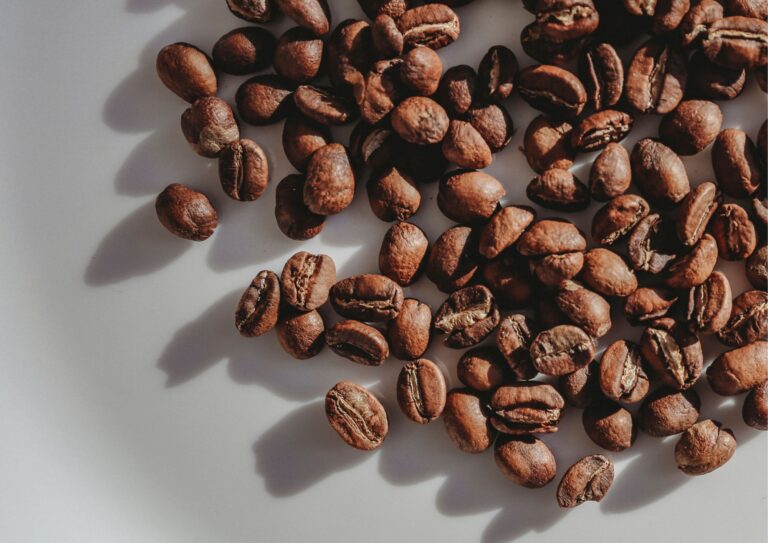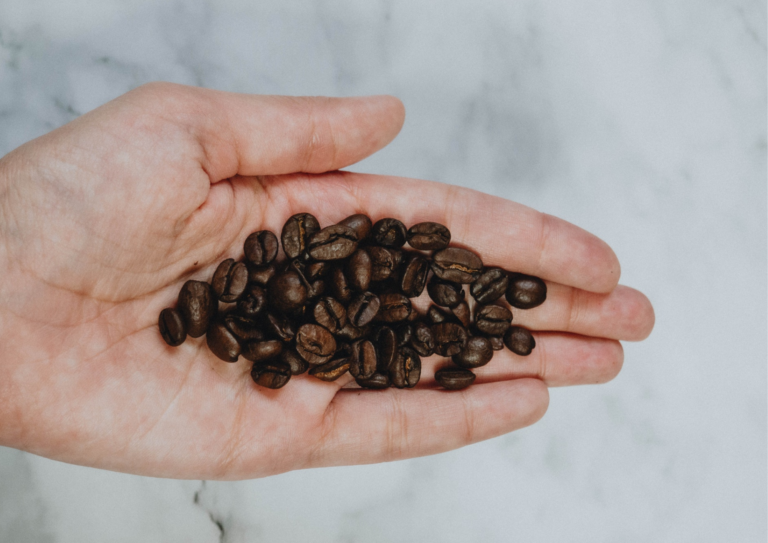Coffee is one of the most popular beverages worldwide, with various flavors and aromas. The taste and quality are largely determined by the types of coffee beans used in its preparation.
As a coffee lover, you may find yourself looking for the perfect coffee bean to try. There are different coffee beans in the market that is used to make coffee, and each of them has its own unique characteristics and general flavors. The coffee bean type is one factor affecting your coffee drink’s final taste.
The four main types of coffee beans in the market are Arabica coffee bean, Robusta coffee bean, Liberica coffee bean, and Excelsa coffee bean. Each of the coffee beans offers a unique flavor profile. In this article, you get to know more about these 4 coffee beans.
How You Define The Different Types Of Coffee Beans?

If you examine it closely, you will notice that each coffee bean has a unique coloring and appearance. But all coffee beans are part of the Rubiaceae family, but each coffee bean type is a different species.
Each species has its specific taste and aromas, which you can use to distinguish the different species. Some coffee beans can be sweet with fruity and floral aromas, while others may be salty with chocolate aromas.
You can define coffee beans’ taste with four main components, which are sweetness, acidity, saltiness, and bitterness. These components often indicate what bean is used, where it originated from, and how it was cultivated.
The main aromas in coffee beans include floral, fruity, woody, chocolatey, caramelly, nutty, smoky, or spicy. The coffee’s “flavor” is actually the combination of an aroma with a taste component.
Types Of Coffee Beans #1 - Arabica Bean

Arabica coffee beans are the most widely cultivated and consumed type of coffee beans in the world. It makes up about 75% of the global coffee bean production. They are grown primarily in South America and Africa, such as Columbia, Brazil, Rwanda, Costa Rica, and Guatemala.
Arabica beans are known for their mild and sweeter taste and are thus more palatable for the public. The flavor can range from slightly sweet and fruity to nutty when roasted, which is likely one of the reasons it is so popular.
Arabica coffee beans are grown at higher altitudes and consistently cold temperatures. An arabica plant requires more time to grow. It tends to be more expensive because it is relatively challenging to cultivate. The taste of the beans depends on the location it grow, the method of cultivation, and the origin country, but it usually ranges between sweet or acidic.
Arabica beans found in South American countries are lighter and more chocolatey. While in other countries, such as Colombia, the coffee beans tend to have a fruity aroma or a light chocolate one.
Arabica beans are considered a high-quality variety. It can be found in most places, such as a local supermarket or your favorite coffee shop. The popularity and versatility make it a great choice for many recipes, such as freshly brewed coffee or coffee cakes.
Types Of Coffee Beans #2 - Robusta Bean

Robust is the second most commonly cultivated species of coffee bean after Arabica. It makes up roughly 20% of the global coffee production and consumption. Robusta can withstand hotter temperatures and can be grown on more varied terrain. The plant can reach up to 10 meters. It is primarily grown in Asia, Africa, and South America. The biggest producer of Robusta is Vietnam, followed by Brazil, Indonesia, and Uganda.
Compared to Arabica, Robusta lacks sweetness and brightness. Robusta is known for its sharper taste, woody, earthy aroma, and high caffeine content. It has 2.7% caffeine content, while Arabica has 1.5% caffeine content.
You often can find a blend that has both Robusta and Arabica. It is common among Italian roasters, as they believe that Robusta adds the finishing touch to the blend. Robusta is generally considered to be of lower quality than Arabica due to the harsher taste and complexity of its flavor. It is generally cheaper than Arabica and is often used in blends or instant coffee. But it doesn’t mean that Robusta is worse than Arabica. It is just a matter of taste preference.
Types Of Coffee Beans #3 - Liberica Bean
Video Credit: Illuminating Facts
Liberica is one of the rarest and least cultivated coffee species, accounting for about 2%-3% of the world’s coffee production. It is primarily grown in the Philippines. There’s a story behind where it was once enjoying worldwide popularity.
Nearly the end of the 19th century, the plant disease’ coffee rust’ killed off at least 90% of Arabica plants, which nearly went totally extinct. Coffee played a major role in the global economy at that time. To allow time for Arabica species to bounce back, Liberica was a substitution for it.
Liberica was introduced to many countries in Southeast Asia, and the Philippines became one of the largest suppliers to supplier Liberica in the rest of the world. Due to political issues and the comeback of Arabica, Liberica doesn’t account for much of the world’s coffee production today.
Liberica are known for their floral and fruity taste with a smoky or woody undertone. Some even compared it to tobacco. They are also known for their unique shape, which is more oval than the typical coffee bean shape.
Liberia may not be supplied worldwide today, but it can still be consumed in Asia countries that cultivate it. It can be harder to find than other coffee species, but it isn’t impossible.
Types Of Coffee Beans #4 - Excelsa Bean
Video Credit: Weird Explorer
Excelsa is often classified as a variety of Liberica and is even less known than Licerica. Excelsa was discovered in Central Africa in the early 1900s. In 2006, Excelsa was officially reclassified as a synonym for Liberica, leading to confusion among manufacturers and consumers alike.
Excelsa is accounting less than 1% of the world’s coffee bean production and consumption. The flavor is often described as tart, fruity, and with a hint of nuttiness. It is also often associated with dark roasts, such as a woodier taste.
Although it has a rich depth of flavor, it can be rare. But you can still find it on global online platforms if you want to try it.




